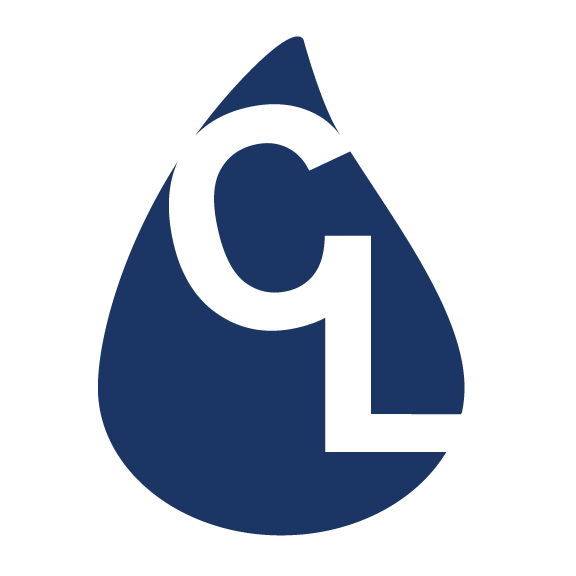Some interesting news items about water disinfection here in Indiana:
Chloramines versus Chlorine
June 13, 2011 – “Chloramines produce fewer disinfection by-products (DBPs) than chlorine in water disinfection. Chloramines’ advantages include little or no creation of trihalomethanes, simplicity of use, formation of a long-lasting measurable residual, and a proven history of success. This video educates drinking water professionals about the use of chloramines as a secondary disinfectant following primary disinfection. It explains the basic issues of disinfection by-product formation, DBP regulations, the advantages and drawbacks of chloramines to reduce DBP formation, and central issues to consider in planning and implementing a chloramination system in your treatment train.” Indiana American Water just announced this week that they are making the switch. American Water Works Association has a short video clip at: http://apps.awwa.org/EbusMain/Default.aspx?TabID=55&ProductId=7117 (unfortunately the full clip costs $300) We can get videos like this if enough people would be interested in viewing this kind of material. Please let us know what would be a good time of the week for us to offer something like this.
Our concern with the chloroamine technology, however, is that the byproducts have not been fully investigated. Also, there is a known problem of “nitrification.”
Bree A. Carrico, Francis A. DiGiano, Nancy G. Love, Peter Vikesland, Kartik Chandran, Matt Fiss, and Anna Zaklikowski
Effectiveness of Switching Disinfectants for Nitrification Control
One third of respondents in a survey of U.S. water utilities reported using or planning to use chloramines for secondary disinfection, primarily to maintain a disinfectant residual and minimize formation of disinfection by-products (DBPs). However, nitrification is a problem in chloraminated systems. Nitrification has been controlled via breakpoint chlorination—periodic switching from chloramines to free chlorine—but the consequences of this strategy are not well understood. The authors evaluated the effects of a one-month switch from chloramines to free chlorine. They concluded that disinfectant switching alone will terminate nitrification but is unlikely to provide long-term nitrification control. Systems that have used chloramines for a long time are more likely to have nitrification problems. Cast-iron pipe also might increase nitrification potential. Potential negative effects of disinfectant switching include increased DBP concentrations and periods of low disinfectant residual. These results can help utilities decide whether or how to use disinfectant switching as a nitrification control strategy. For more information, see the American Water Works Association.
There is more than one way to disinfect water!
Calgon Carbon Awarded Two Contracts for Sentinel Systems
Two Indiana cities will install systems at drinking water treatment plants
Calgon Carbon Corp. (June 14, 2011) — Calgon Carbon Corp. announced yesterday that it has been selected by the cities of Indianapolis and Fort Wayne, Ind., to supply Sentinel Ultraviolet (UV) Disinfection Systems at drinking water production plants serving those communities. Indianapolis will install 12 Sentinel 12-in. Systems at its Fall Creek plant to increase protection against Cryptosporidium, Giardia and other surface water pathogens. When installed in winter 2011, the Sentinel Systems will treat up to 44 million gal of drinking water per day. Fort Wayne will install three Chevron 48-in. UV reactors at its Three Rivers water filtration plant as part of a retrofitting project. The new UV reactors, capable of treating up to 72 million gal of water per day, were selected because of their low capital and operating costs. Installation is scheduled for June 2012. Both Sentinel Systems have undergone third-party validation in accordance with the U.S. Environmental Protection Agency’s UV Disinfection Guidance Manual. Both systems feature UV intensity sensors to ensure accurate delivery of UV dose, automatic quartz sleeve cleaning systems and fully automated control systems.
“We are pleased to have been selected to supply our Sentinel disinfection systems to the cities of Indianpolis and Fort Wayne,” said Calgon Carbon Vice President James A. Sullivan. “These awards are indicative of Calgon Carbon’s growing leadership position in the UV disinfection market.
